- Kyoto
345 Sanjo-cho Nakagyou-ku Kyoto
- 075-756-4723
The workshop is available by previous booking on Fri, Sat, Sun and Monday 10:30-17:00.
For bookings on other dates, please email us through the contact form.
The workshop is available by previous booking on Fri, Sat, Sun and Monday 10:30-17:00.
For bookings on other dates, please email us through the contact form.
At Kamitowa we deal in various kinds of Japanese paper and with many Japanese paper products. There are about 75 Washi production areas in Japan, and we hope to introduce Japanese paper full of personality from these producers, and sell these beautiful products.
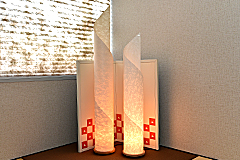
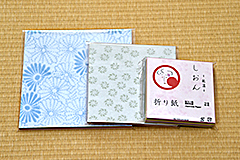
Osaka prefecture has no Washi production areas, but it is a surprise that Washi raw materials are grown here. Yoshi is a Japanese paper made using perennial grass commonly called “Ashi” in the Kanto region or “Yoshi” in the Kansai region and is grown along the riverbeds of Yodogawa, Udon (Takatsuki city, Osaka Prefecture). When you hear that Yoshi paper which was not familiar until now, but was born from the Yodogawa riverbeds of Osaka, you feel suddenly a connection to this paper. You can enjoy Washi light fixtures and hanging scrolls created by fusing natural and rustic Yoshi and traditional Echizen watermarking techniques supplied by Kamitowa.
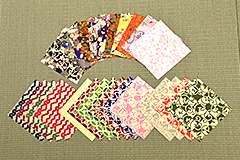
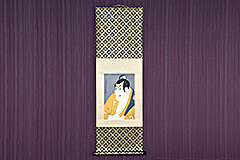
Yuzen paper which printed Kyoto traditional kimonos on washi has the same colorfulness as a kimono, and are known for craftworkers dyeing them one at a time. One of the attractions of Yuzen paper is that there are various patterns like a kimono. Kamitowa also has a large number of Yuzen papers available, and in Kamitowa’s workshops, you can make traditional Japanese paper crafts using Yuzen paper. Additionally, Yuzen paper interior items and various stationery are also available.
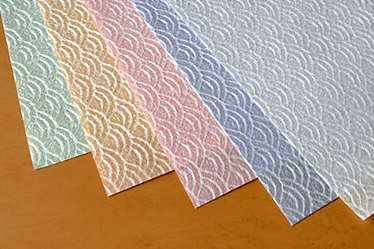
Tosa Washi paper is both beautiful and exciting. Tosa Washi is thin, strong, durable paper, and its sheer feeling and classic design also allow it to often be used for the repair of ancient works of cultural heritage. Tosa Washi has even been to restore artworks in the Louvre Museum in Paris and for Michelangelo’s paintings in the Sistine Chapel.
Tosa Washi is also known as dragonly wing and is the world’s thinnest hand-made paper. You can feel Tosa Washi at a workshop at Kamitowa.
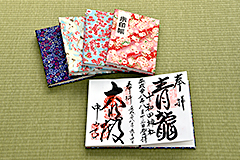
Echizen (now Fukui) Prefecture is famous for their paper which is mainly thickened using the raw material called “kozo”. It seems that since the Muromachi shogunate (a dynasty that governed Japan from 1338 to 1573) began to use it as official paper in government offices for its long lasting and durable qualities, it became popular as a paper used to preserve records of importance such as announcements by nobles, samurai classes and in temples and shrines. At Kamitowa, you can make a Goshuin, used to collect the calligraphy seals and stamps of temples and shrines, using this long lasting Washi paper.
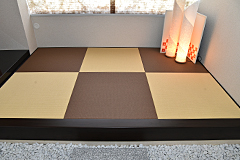
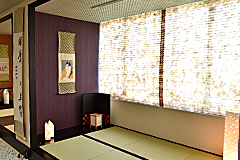
Tatami is typically made using rice straw with a covering of woven soft rush straw, but at Kamitowa, we deal in Japanese paper tatami. You can enjoy the texture of Japanese paper using Japanese paper tatami mats. Because it is waterproof · with a protective finish on the surface, even if there are liquid spills on the surface, it will leave no trace and is also strong against color fading.
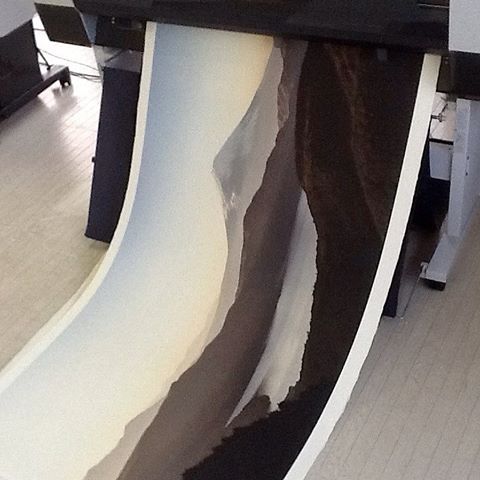
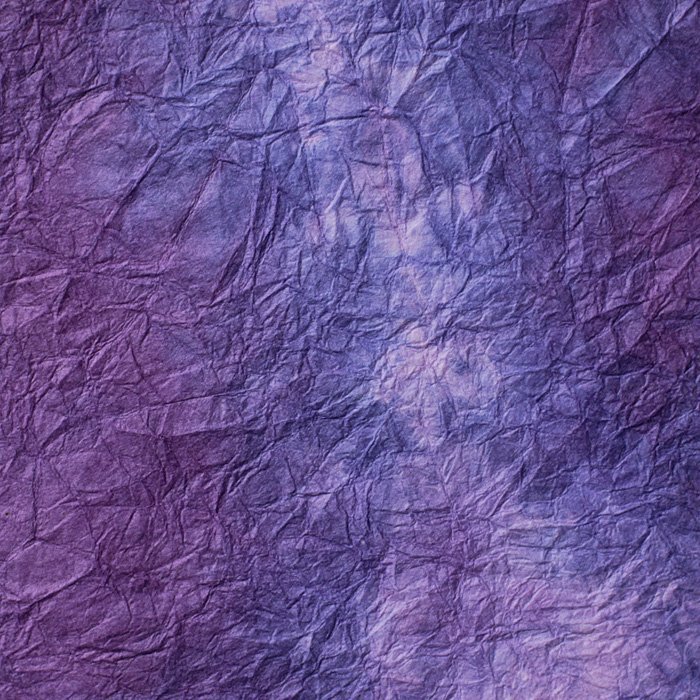
This paper features wrinkles made by massaging the Japanese paper. A craftsman specializing in this production kneads the paper by hand. There are various methods each different for paper thickness and colour, and it is a precious paper that can not be mass produced. Washi is suitable for this kneading/rubbing technique because the fibers are strong and flexible.